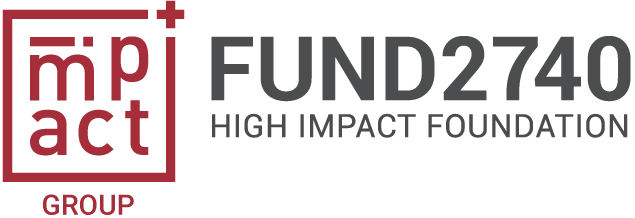What is Impact Design?
Impact Design is a systemic design and methodological production method for society’s challenge solutions with positive, high impact. Primary is a tool scaling high-impact entrepreneurship philosophy – philosophy developing activities, products and services with a maximised positive effect on society.
A Tool for the Future
Impact Design is versatile and can be employed from the earliest planning stages of your business endeavors, helping to build a coherent and holistic vision for your company’s future. Not only does it serve as a compass for social enterprises and businesses, but it also fuels innovation and competitiveness. Rooted in “flexi-certainty” principles, this methodology offers a robust yet straightforward impact management and measurement framework.
Beyond Business
While Impact Design finds its natural home in business, its applications extend far beyond profit-driven ventures. Not-for-profit organizations, policymakers, and various other stakeholders can utilize this powerful tool to amplify the impact of their solutions.
The Power of Philosophy
In the realm of Impact Design, we distinguish between the “story” and the “philosophy.” Every venture has its story, its inspirations, and its unique journey. But it’s the philosophy, crafted strategically, that shapes the future of your impact venture. Impact Design empowers you in this process, helping you navigate the complexities of your mission.
We recognize that impact design can appear complex, especially for micro-impact ventures or startups. This is why we offer you counselling on how to start incorporating Impact Design into your venture!
Impact Design Insight – Online Part 1
Impact Design is a systemic design and methodological production method for society’s challenge solutions with positive, high impact.
As a society challenge solution (SCS), we understand product, service, business, not-for-profit or other models, policymaking or other processes solving society challenges. According to the Cambridge Dictionary, high-impact means »having a large or powerful effect«.
Impact Design – in the context of impact entrepreneurship – is primarily a tool scaling high-impact entrepreneurship philosophy – philosophy developing activities, products and services with a maximised positive effect on society.
We used the Impact Design 5.0 management process in the pilot testing phase. One of the five steps is impact scoring, dividing the methodological production into 15 impact fields, each of 5 impact groups. All in all, we use 115 indicators. Some relate to the SCS owner (company or venture holder), and the majority relate to the product or service the SCS owner is developing.
Let’s look into the first impact field.
A. IMPACT OWNERSHIP
The goal is to determine if impact and its maximisation are significant for the SCS owner. How is the company seeing the impact and its potential, and how far is it willing to go?
Included impact groups:
1. MAINSTREAM
The first group focuses on the mainstream of impact. We check documented information identified by SCS owner declaring the importance of impact maximisation and enhancement (acts, strategic documents). Also, we see if SCS owner publicly pledged dedication to the impact (for example, pledge within the European Commission Transition Pathway for Social Economy) and ask questions about including impact maximisation in legal acts, annual reports, and programs.
2. MANAGEMENT
The second impact group is related to owner and management. Owners and top management shall demonstrate leadership and commitment concerning maximised positive impact. They also show maximised positive results, taking balanced care of business, family, friends, people and the planet is mainstreamed into their way of life. Is impact maximisation defined as a task for management (in their contracts etc.)? Do they sign a pledge? How is management involved in impact maximisation? How do they balance life to maximise impact? Sometimes, it is exciting to see management reactions when we ask if they would be willing to include an “impact clause” into their contracts as a personal pledge, responsibility and visualisation of their “theoretical” willingness for impact maximisation.
Next time, we will continue with the rest of the impact groups within the IMPACT OWNERSHIP impact field.


